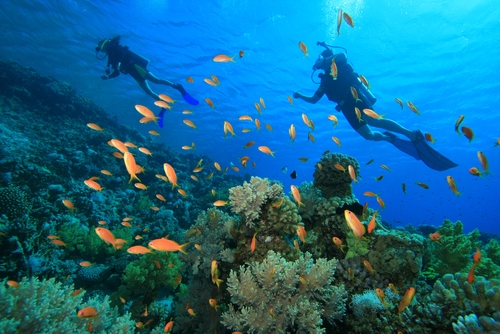
Professor Stan Kolaczkowski and his team from the Department of Chemical Engineering at the University of Bath are collaborating with mechanical engineers from Duke University in the US. They are developing a system which uses sea water and Dixon rings in deep sea submersible vehicles and other submersible human habitats. The project is funded by a three year grant worth £380,000 from the US Office of Naval Research (ONR).
Dixon rings consist of a fine wire mesh folded into a ring, approximately 3 mm in size. The space in the wire mesh provides an extended surface area for the absorption of the CO2. Many rings are packed into a column through which gas and liquid flow in a counter-current direction. The combination of salt water and Dixon rings form a compact gas scrubbing unit, which removes CO2 from a closed-circuit breathing environment before safely discharging it into the sea.
Using this system, chemicals to absorb CO2 will no longer be needed in the submersible environment and time spent on the sea bed could be extended.
Professor Kolaczkowski said: “Chemical engineers are excited about using Dixon rings in applications where gaseous or volatile species are transferred between gas and liquid phases and where the device needs to be compact. With the Computational Fluid Dynamic modeling skills at S&C Thermofluids Ltd, we will make rapid progress with developing novel and compact gas scrubbers. The removal of carbon dioxide from exhaled air is a great application. There will be many more possibilities to consider.”



